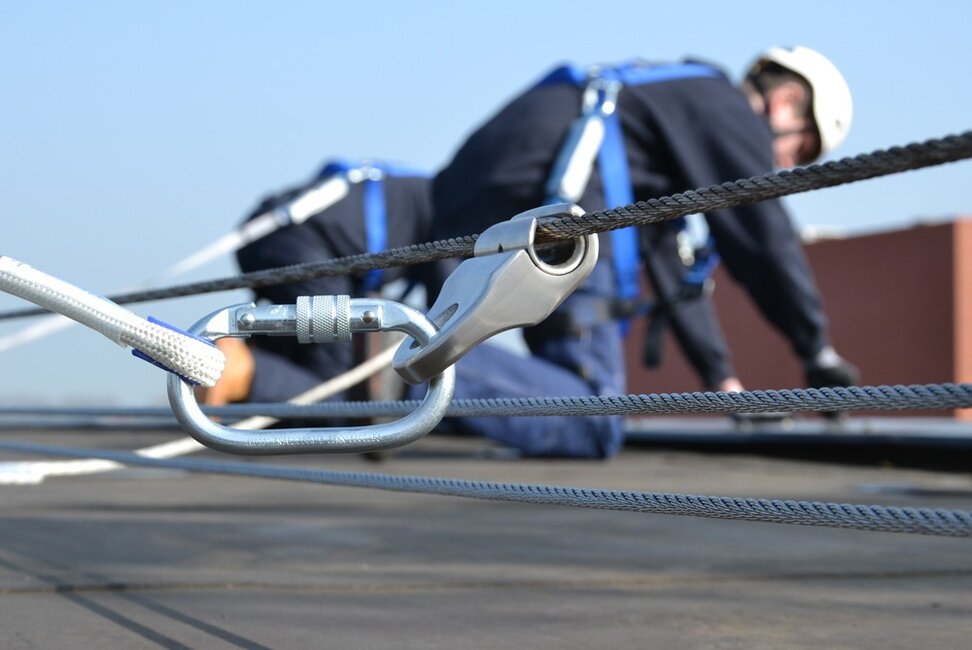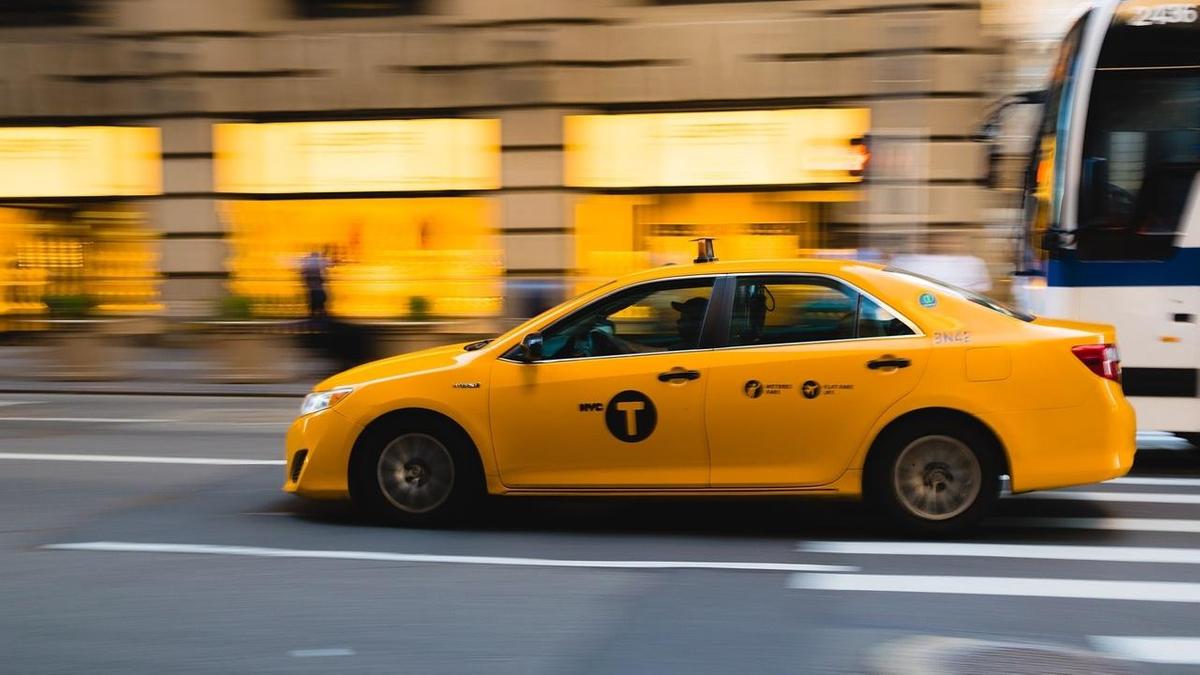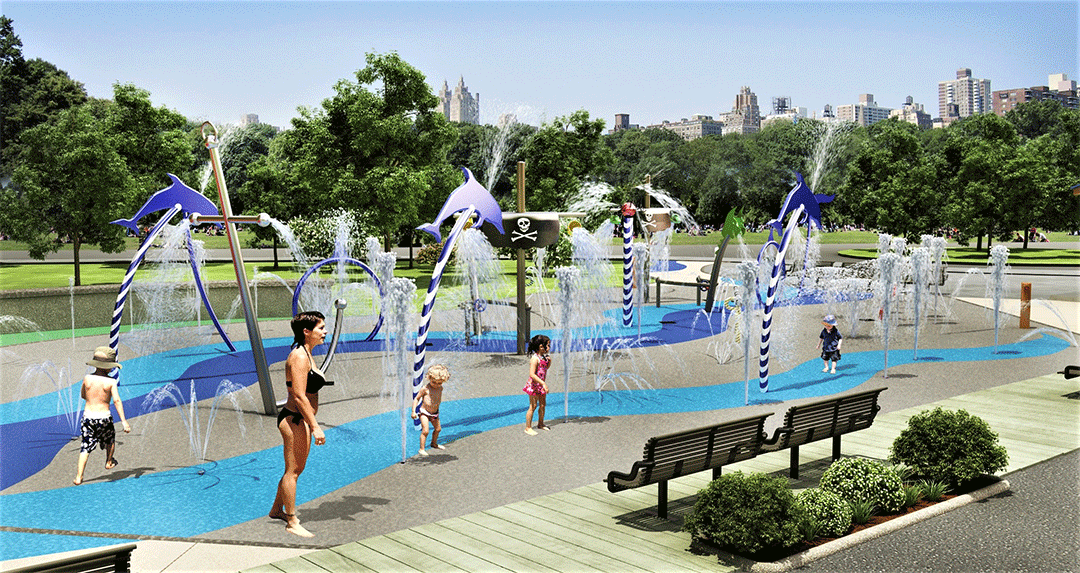Assume you are working on a rooftop, a high-rise building site, or even a platform suspended in the air. Just thinking about it makes your knees shaky. That’s why lifeline fall protection exists. They work for your safety, catching you if you fall or stumble. But these aren’t just safety equipment. Lifeline Systems are intended to keep up with ever-changing, unpredictable workplaces.
More than typical fall protection systems are needed in dynamic workspaces, where duties and surroundings vary daily or even hourly. This is where lifeline systems come in. They are the adjustable, versatile safety solution for those who spend their days on the edge. Let’s look at what makes these systems so important and how they’re helping to keep workplaces safer than before.
Why Dynamic Workplaces Require Unique Safety Solutions
Dynamic workspaces are precisely that: dynamic. They are the ever-changing job sites, such as construction zones, tall building facades, and other high-rise locations. Unlike an office, where the furniture remains stationary, these work environments are constantly moving and occasionally chaotic. Workers may be on a ledge one minute and a scaffold the next. The environment in which they operate might change daily, making it challenging to implement a consistent fall protection strategy.
Lifeline, fall protection systems, are unique in that they are adaptable and versatile, much like these workplaces. They adapt to the task, regardless of where it leads them. For example, specific lifelines can be fixed to numerous places on a structure, allowing workers to move freely while maintaining safety. It’s like having a trustworthy travel companion with your back, no matter how crazy the voyage becomes.
A Guide to Their Role in Safety
A lifeline is considered a robust and sturdy rope, but it is not the same as a jump rope. Lifeline systems include strong cables or ropes that run horizontally or vertically and are connected to a safe anchor point. Workers wear a harness that connects them to these lines, providing a safe range of movement in case they slide.So, lifelines allow individuals to operate at heights without fear of falling.
Further, there are two significant types of lifeline systems. These types are horizontal and vertical. Horizontal lifelines are strung over the length of the workspace, allowing workers to move side to side securely. Vertical lifelines, on the other hand, are used to climb up and down, similar to ladders or towers. These lifeline solutions span a lot of territory – or sky.
Freedom to Move Without Compromising Safety
One of the most significant advantages of lifeline fall protection systems is that they allow workers to move freely without feeling constrained. It would not be easy to fix a roof while locked in one location. Lifelines allow workers the flexibility to do their tasks while remaining within a protective bubble. Also, a lifeline will enable workers to access every nook and corner of construction, whether a complete rooftop, a massive wall, or a lengthy bridge. The lifeline travels with them, constantly eliminating the need to connect or reposition their safety arrangement. This versatility makes lifeline systems the preferred choice for fall protection systems in unpredictable circumstances. Get them from US Fall Protection and make your life easier.
A Lifeline Has Your Back
Lifelines are primarily intended to prevent falls. However, if a fall occurs, they will rescue the day promptly, halting it. Consider that a worker slips from a cliff. In a second, the lifeline’s built-in energy absorber activates, slowing the fall and lessening the shock. The worker may experience some shock but is not at risk of a harsh impact.
The catch system distinguishes lifelines from other fall protection systems. They are not only there to keep you from falling but also to gently catch you if you do. It’s like having a safety net, but it’s more robust and constantly available. And the most significant part? You will only realize it’s there if you need it, which hopefully will never happen.
Customizing Lifelines for Unique Workspaces.
Because no two dynamic workplaces are alike, lifeline Fall Protection System can be customized to each environment’s unique requirements. For example, specific workplaces may require a temporary lifeline that can be swiftly put up and removed. Others, such as high-rise development sites, may need permanent lifeline solutions that have been in place for years. Additional lifelines are designed to survive high temperatures, rain, and snow. These robust lifelines keep everyone safe in outdoor workstations without wearing down. Consider the elasticity of a lifeline, ready to withstand whatever Mother Nature decides to hurl at it. That provides genuine peace of mind for both employees and employers.
New Technology Makes Lifeline Systems Even More Brilliant
You might be astonished that technology makes life support systems brighter than ever. Some of the latest lifelines include built-in sensors that detect when a worker gets too close to an edge or if there is unusual movement. These sensors can provide warnings to keep everyone safe and informed.
There are also lifeline systems that collect data, which may then be used to improve safety standards. Imagine watching how workers move across a project site and identifying high-risk regions that require extra attention. This information can help businesses construct safer workplaces, transforming every job site into a secure zone.
Because No Job is Worth the Risk
Lifeline fall protection is like friends who won’t allow you to do anything dangerous without backup. These fall protection devices keep workers safe in ever-changing situations, allowing them to complete tasks without fear of making mistakes. Imagine being able to entirely focus on your task while knowing there is a line keeping you safe. You may lean over to grab a tool or get a closer look at a problematic area without feeling like you’re taking a huge risk. That is the power of a lifeline. It gives workers confidence by ensuring that someone or something has their back.



